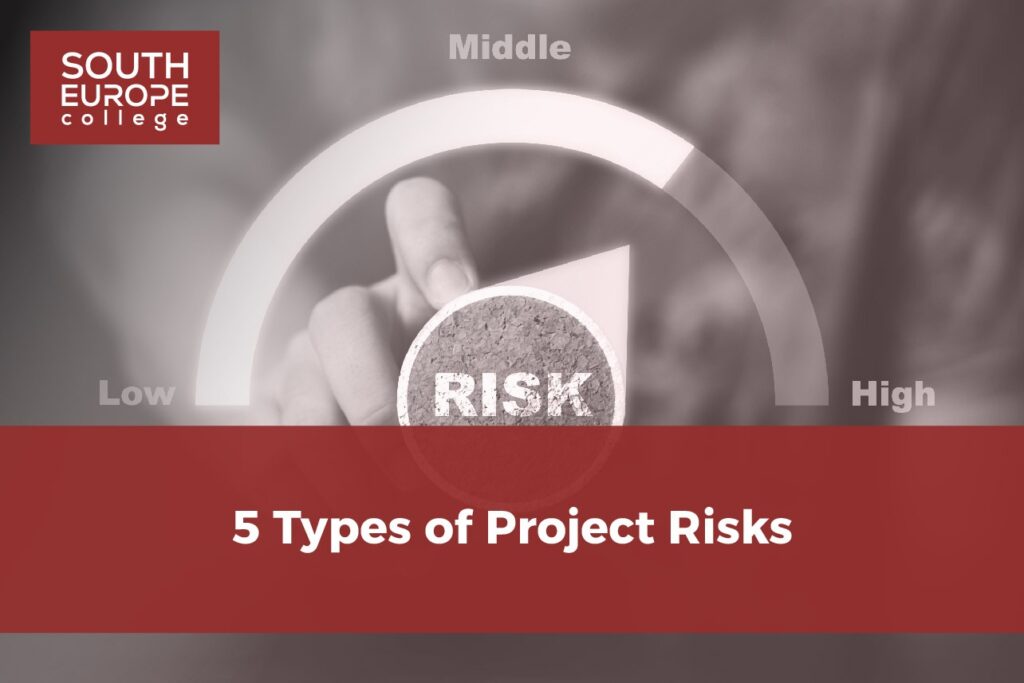4 Basic Steps of Project Cost Management
Mastering the Basics of Project Cost Management: 4 Essential Steps for Success In the world of project management, keeping your project within budget is just as important as delivering it on time and meeting scope requirements. That’s where Project Cost Management comes in, a critical discipline that involves planning, estimating, budgeting, and controlling costs throughout […]
4 Basic Steps of Project Cost Management Read More »









